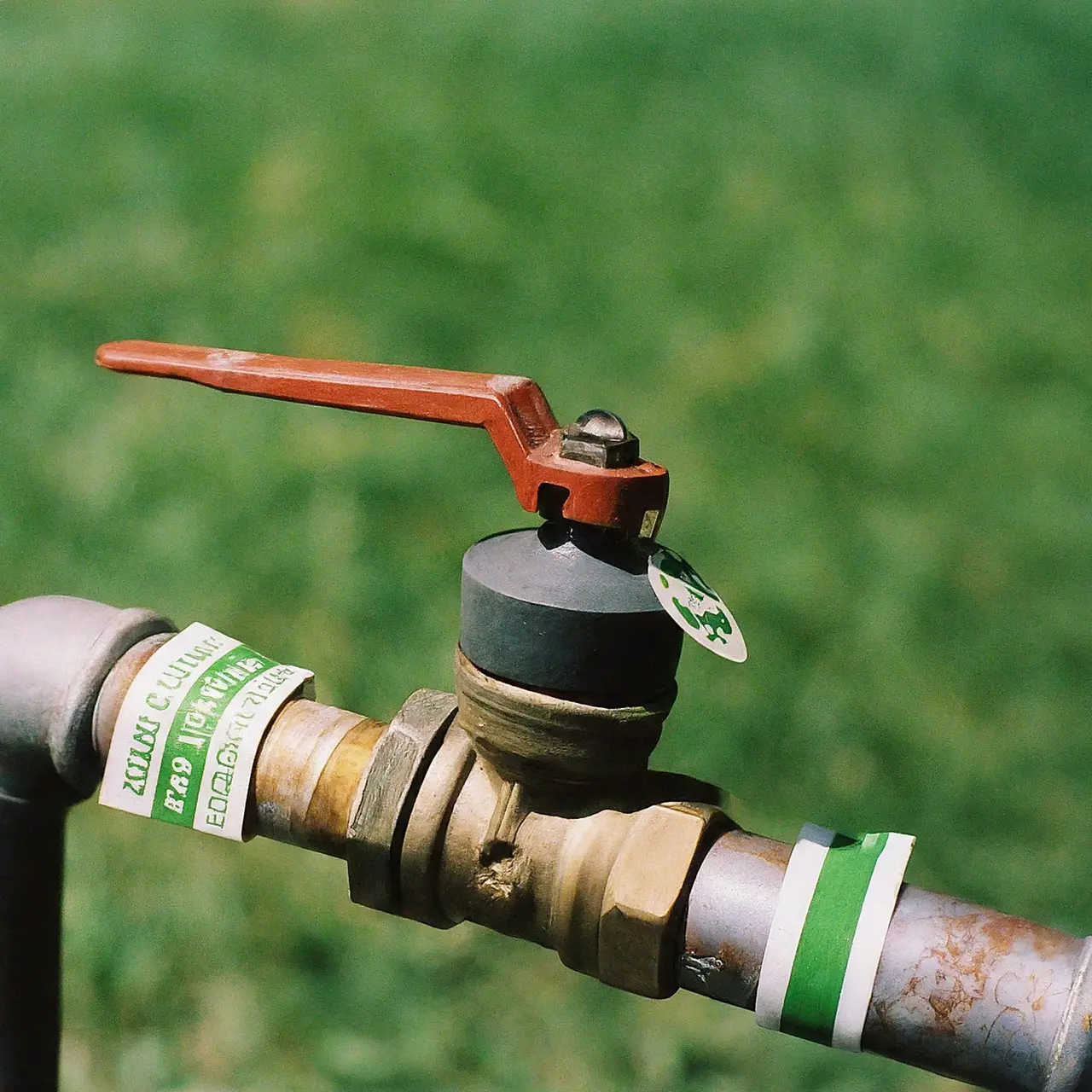In an era where water scarcity is becoming increasingly common, the importance of conserving every drop is undeniable. Water efficiency valves have emerged as key players in the quest for sustainable water use. But how exactly do these devices make a difference? Dive with us into the world of water efficiency and discover the pivotal role these valves play in safeguarding our most precious resource.
The Critical Role of Water in Our Ecosystem
Water is the lifeblood of our planet, vital for the survival of all organisms. It shapes climates, supports agriculture, and sustains ecosystems. Yet, as essential as it is, water is becoming an increasingly scarce resource, pressured by both natural and human activities. Understanding the critical role water plays in our ecosystem underscores the urgency of adopting water-saving technologies like water efficiency valves, especially in areas facing water scarcity.
Understanding Water Efficiency Valves
Water efficiency valves are ingeniously designed devices that regulate the flow of water to reduce waste without compromising on performance. These valves automatically adjust the water flow through pipes, ensuring that only the necessary amount of water is used. By doing so, they not only save water but also reduce the energy costs associated with heating and pumping water, making them a cornerstone of eco-friendly living and sustainability efforts.
How Water Efficiency Valves Work
The technical workings of water efficiency valves hinge on principles of fluid dynamics and mechanics. These devices contain a flow regulator that responds dynamically to changes in water pressure. When water pressure is high, the regulator constricts to maintain a steady, reduced flow rate. Conversely, when pressure drops, the regulator expands to ensure adequate water flow. This adaptive mechanism ensures optimal water usage and efficiency, highlighting the synergy between engineering and environmental conservation.
Benefits of Water Efficiency Valves for the Environment
The environmental benefits of water efficiency valves extend far beyond mere water conservation. By reducing demand on water supply, these valves alleviate pressure on local ecosystems, helping to preserve aquatic habitats and biodiversity. Simultaneously, by limiting the energy required for water treatment and distribution, they contribute to a reduction in carbon emissions, playing a crucial role in the fight against climate change. Their contribution to sustainable water management makes them an indispensable tool in achieving environmental sustainability.
Moreover, through the lens of a circular economy, the implementation of water efficiency valves embodies the principle of maintaining resources in use for as long as possible. By extending the lifespan of water resources and reducing the need for extensive water infrastructure, these valves support sustainable economic development, underpinning their multifaceted environmental benefits.
Case Studies: Water Efficiency Valves Making a Difference
One notable case study demonstrating the positive impact of water efficiency valves comes from a municipal water supply system in a drought-prone area. Here, the introduction of water efficiency valves led to a reduction in water consumption by 30%, significantly alleviating water scarcity concerns. Furthermore, the energy savings from reduced water pumping and treatment resulted in lower carbon emissions, showcasing the far-reaching environmental benefits of these devices.
Implementing Water Efficiency Valves in Your Community
The adoption of water efficiency valves in local communities can spearhead the shift towards sustainable water management. Initiatives can include educational programs about water saving, incentives for households and businesses to install efficiency devices, and collaboration with local governments for the implementation of these valves in public infrastructures. Such collective efforts not only promote environmental sustainability but also foster a culture of responsibility towards our shared water resources.
Guardians of Our Water Future
As our journey through the workings, benefits, and case studies of water efficiency valves concludes, it’s clear that these inventions are more than just tools; they are guardians of our environmental future. By optimizing water use, reducing wastage, and encouraging sustainable practices, water efficiency valves contribute significantly to the health of our planet. Embracing these innovations is not just a step towards environmental responsibility; it’s a leap towards a sustainable future.


